The world of fleet is evolving. In this new quarterly section, we look at how the latest developments in connectivity, autonomy and mobility technology are changing the face of fleet management. Jonathan Manning reports
Design your own interior to be trialled at Olympics
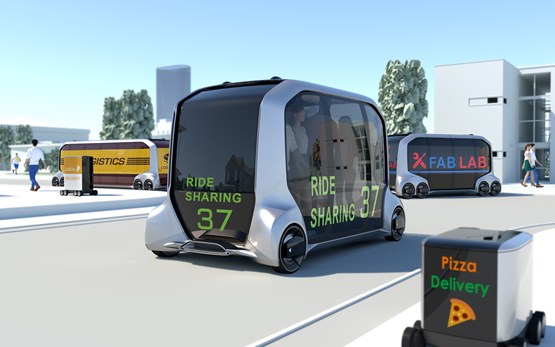
Forget specifying colours and trim… the day is fast approaching when fleets will be able to customise every single interior element of their vehicles.
Toyota’s concept e-Palette is the vehicle equivalent of a blank canvas. Its flat, barrier-free interior with a low floor can be fitted out with purpose-built interiors to suit fleet needs, such as parcel delivery, ride sharing, or even as a pizza van.
Got an early-start morning meeting? The e-Palette could even be equipped as a mobile hotel room, which drives guests through the night while they sleep!
The vehicle is fully autonomous and battery-powered, which is scalable to different sizes to suit customer requirements in the field of Mobility as a Service (MaaS). Trial use is pencilled for the Tokyo Olympics in 2020.
Insurance by the trip
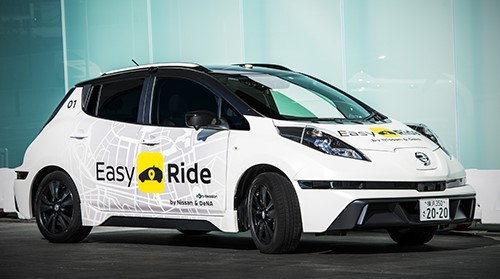
Insurance companies are developing app-based policies that will allow passengers in self-driving taxis to pay for cover by the journey.
Experts forecast the opportunity to hail an autonomous, ride-sharing car will challenge the desire to own vehicles, especially in urban areas.
This would undermine the need for a traditional, annual motor insurance policy, and open the door to pay-on-use insurance schemes.
Trov, a specialist in on-demand insurance, has formed a partnership with Waymo, the self-driving technology unit of Google parent Alphabet, to offer trip-based insurance that includes protections for lost property, trip interruption benefits, as well as medical expense reimbursement.
Trov chief executive Scott Walchek feels the futures of transportation and insurance are converging, saying: “Waymo is making personal transportation more effortless, and so it follows that all associated aspects of a journey – including insurance – should be equally painless.”
Behind the scenes, however, the introduction of autonomous vehicles is taxing minds at insurers. Determining liability for a crash when there’s no driver is virgin territory for the industry.
In its submission to a House of Lords Select Committee, the Association of British Insurers suggests: “Insurers should have a new legal right to recovery, allowing them to get costs back from motor manufacturers, software companies or other parties in cases where the vehicle or technology was found to have been at fault.”
SIV to replace SUV
Move over traditional, heavy, thirsty SUVs – a new zero-emission SIV, made by Byton, is heading our way.
SIV stands for Smart Intuitive Vehicle, encompassing both the zero-emission electric power train and the car’s hi-tech connectivity.
The Byton is a SUV made in China that will go on sale there towards the end of 2019.
It is expected to arrive in Europe and the USA in 2020, with a guide starting price of $45,000 (£32,000).
The manufacturer says the vehicle will have an attention-grabbing range of 323 miles on a single charge, will incorporate intelligent voice control (via Amazon Alexa), and use a facial recognition camera to recognise the driver or passenger to unlock the door.
1,000 company car drivers trial connected vehicles in France
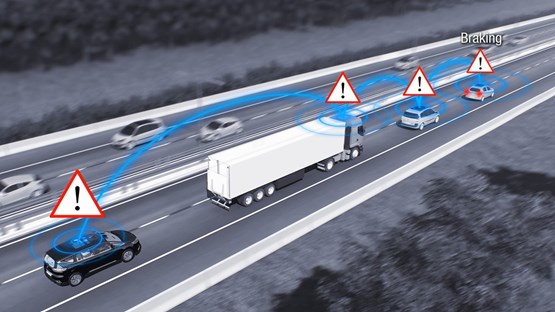
A fleet of 1,000 Renault Méganes is involved in a huge trial of vehicle-to-vehicle and vehicle-to-everything (V2X) connectivity on the roads of France.
Codenamed Scoop, the EU-funded trial is introducing Renault’s fleet customers in France to the advantages of the next generation of connected cars.
The trial vehicles will all have company car drivers, but will also be equipped with sensors and computers to gather and analyse vehicle data.
Real-time information such as speed, the angle of the steering wheel, weather-related tyre-grip issues, windscreen wiper operation and airbag deployment will all be recorded.
If a Scoop-equipped Mégane detects a problem, the car’s on-board computer will automatically send a warning message to all the other Scoop-enabled
vehicles as well as to units positioned along motorways. The units then notify emergency services if they detect a major incident.
Christine Tissot, Renault Scoop project manager, said: “Our main goal is to offer fleet customers cars that are safer on the roads and improve the flow of traffic.
These vehicles ‘talk’ to each other and warn each other in real time of any hazards, slow traffic or accidents on the road ahead.
Infrastructure firms like French motorway operator Sanef also sends information to compatible cars about traffic, roadworks, speed limits, accidents and upcoming hazards.”
Technology used to guide interplanetary rovers could soon be applied to cars on Earth
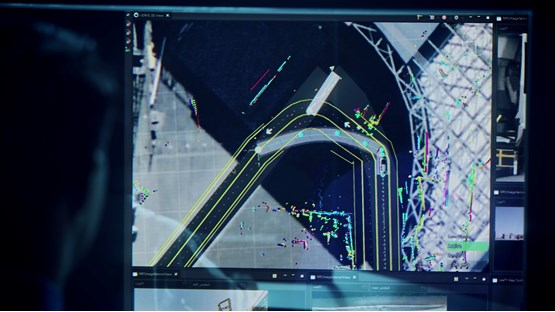
NASA has revealed that it wants to expand the commercial applications of the technology it has developed during space missions to accelerate the development of autonomous mobility closer to home.
Eugene Tu, center director of NASA Ames Research Center in California’s Silicon Valley, said: “Using NASA’s work in robotics to accelerate the deployment of autonomous mobility services is a perfect example of how the considerable work required to advance space exploration can also pioneer advances here on Earth.”
Nissan has already developed its Seamless Autonomous Mobility (SAM) platform for managing fleets of autonomous vehicles using NASA technology, and earlier this year signed a five-year partnership with NASA Ames to collaborate on the autonomous mobility technology.
“We built SAM from technology NASA developed for managing interplanetary rovers as they move around unpredictable landscapes,” said Maarten Sierhuis, director of the Nissan Research Centre.
“Our goal is to deploy SAM to help third-party organisations safely integrate a fleet of autonomous vehicles in unpredictable urban environments, for example ride-hailing services, public transportation or logistics and delivery services.


















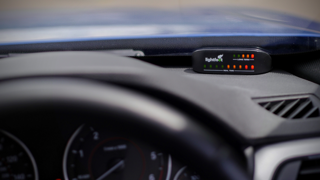

Login to comment
Comments
No comments have been made yet.